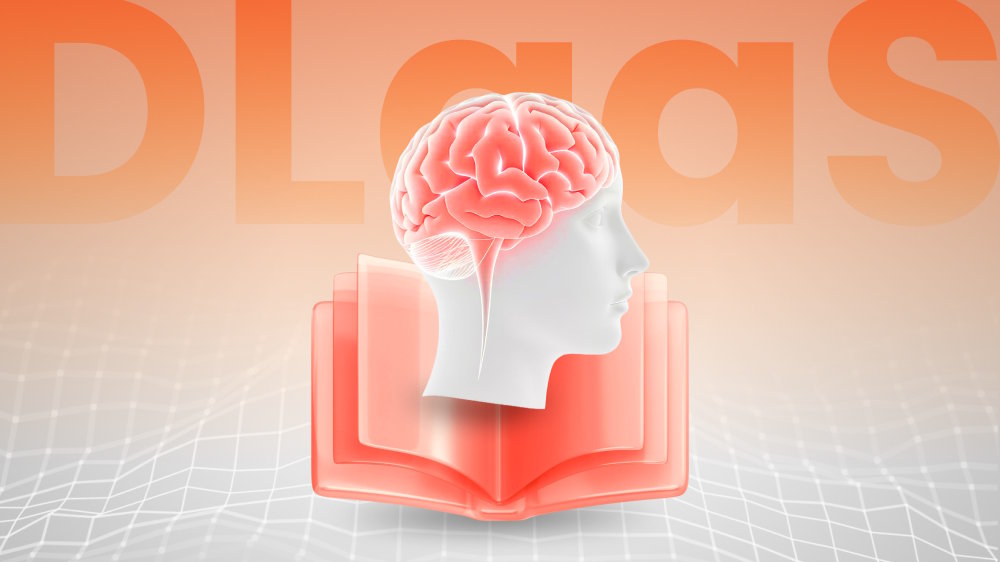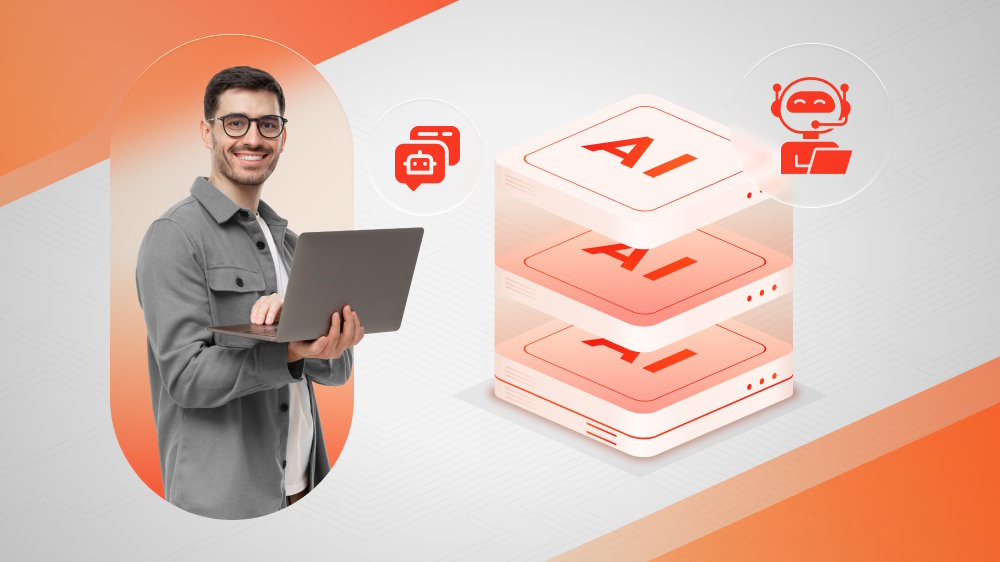
8 Best AI Agent Tools Leading the 2025 AI Boom
By combining multiple AI capabilities into one autonomous system, AI agents can think, decide, and act without constant human intervention. However, developing one is not an easy task. This is where AI agent tools become essential.
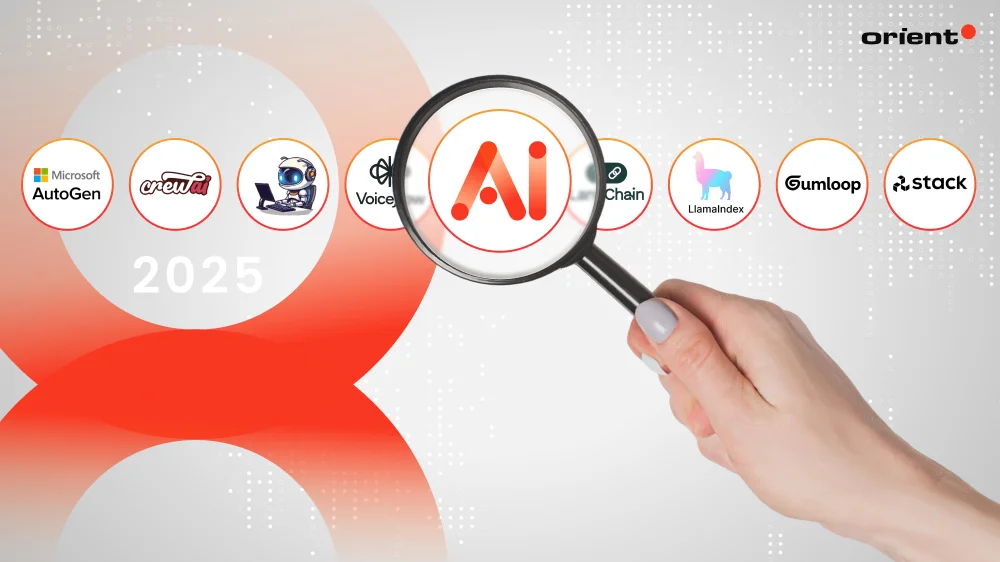
Content Map
More chaptersKey Takeaways:
- An AI agent is a system designed to perceive its environment, reason about it, and take actions to achieve specific goals.
- An AI agent tool refers not to the agent itself, but to the software framework or platform used to build, manage, or deploy AI agents.
- LangChain, AutoGen, OpenAI Assistants, CrewAI, etc., are some of the best AI agent platforms on the market.
- Most tools let you connect agents to real-world systems (Slack, Jira, Notion, Google Drive, CRMs, etc.).
Modern users appreciate systems that anticipate their needs, not ones that just wait for input. Instead of simply answering questions, they want a smart tool that can help them detect issues before they happen, for example. And AI agents can do exactly that.
The competitive pressure in the AI market is a real big deal. Those who delay adoption risk falling behind. That is exactly why the development of AI agents is increasingly popular and becoming the new standard of operational intelligence.
With AI agent tools and platforms widely available, building one to stay ahead of the curve is not as challenging as you think. While LangChain and AutoGen are two of the most popular options today, they are just part of a rapidly growing landscape. Let’s find your best AI agent frameworks in this article.
Is Self-Building an AI Agent Possible?

Nearly all production-grade or enterprise systems use an AI agent tool because:
- AI tool reduces complexity.
- AI tool ensures stability and safety.
- AI tool speeds up prototyping and scaling.
- AI tool provides ready-made components for reasoning, memory, and orchestration.
On the other hand, there are still some cases where developers want to go “tool-free” to save costs and facilitate customization. Without using an AI agent platform, companies can still build and manage autonomous AI agents by themselves using the combination of a programming language (e.g., Python or JavaScript), an LLM API (e.g., OpenAI GPT, Anthropic Claude, or Mistral), and a unique architecture.
However, it is not recommended as self-development is a very challenging process. Building your own AI agent without the help of any tool means that you and your AI teammates must:
- Manually design the agent architecture.
- Implement your own “tool calling” layer.
- Manage memory and context by hand.
- Build your own multi-agent coordination.
- Ensure safety, monitoring, and control.
Technically, you have to rebuild everything that an AI agent tool already provides, from reasoning loops to orchestration. While your competitors have launched their products thanks to the convenience of AI agent tools, you are still stuck in the middle stages of your project. Missing perfect timing at this point also means missing market opportunities and potential customers. All of these reasons explain the rising popularity of AI agent tools nowadays.
The Ultimate List of Top AI Agent Tools
To meet the increasingly diverse needs of technical teams, the market of autonomous agents is also growing stronger with the introduction of more and more new tools. Some tools excel at orchestration and reasoning, while others specialize in data access or multi-agent collaboration. Here is the list of the top AI agent frameworks making an impact for businesses regardless of size.
LangChain
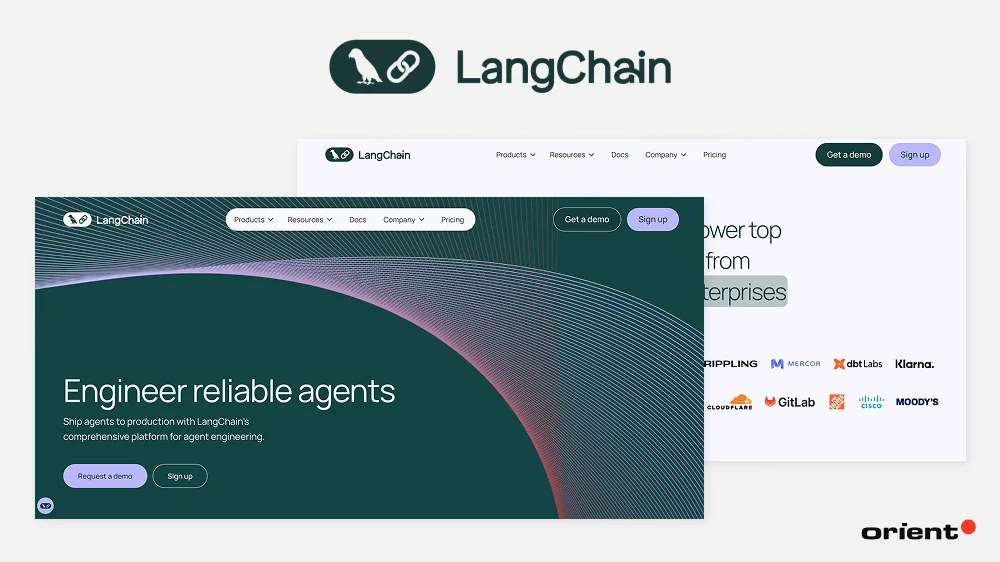
LangChain is one of the most widely adopted frameworks for AI agents. It is an open-source framework for developing applications powered by large language models (LLMs). By using LangChain, developers can do almost all necessary tasks, such as connecting LLMs to external tools, databases, APIs, building chains, managing memory, or orchestrating agent behavior with complete control.
After a period of operation and development, LangChain ecosystem has been further expanded with the appearance of LangGraph (orchestration) and LangSmith (observability, evaluation) to help with building, deploying, and monitoring agents beyond simply chaining components as before. However, the tool is not suitable for non-technical users as it comes with considerable complexity.
| Feature | LangChain |
|---|---|
| Focus | Building customizable, data-connected AI agents and reasoning workflows |
| Best for | Developers who need flexibility and control in agent design |
| Key Strength | Modular architecture, wide integrations, and strong developer ecosystem |
| Typical Use Cases | Document Q&A, data retrieval, workflow automation, and intelligent chat assistants |
AutoGen
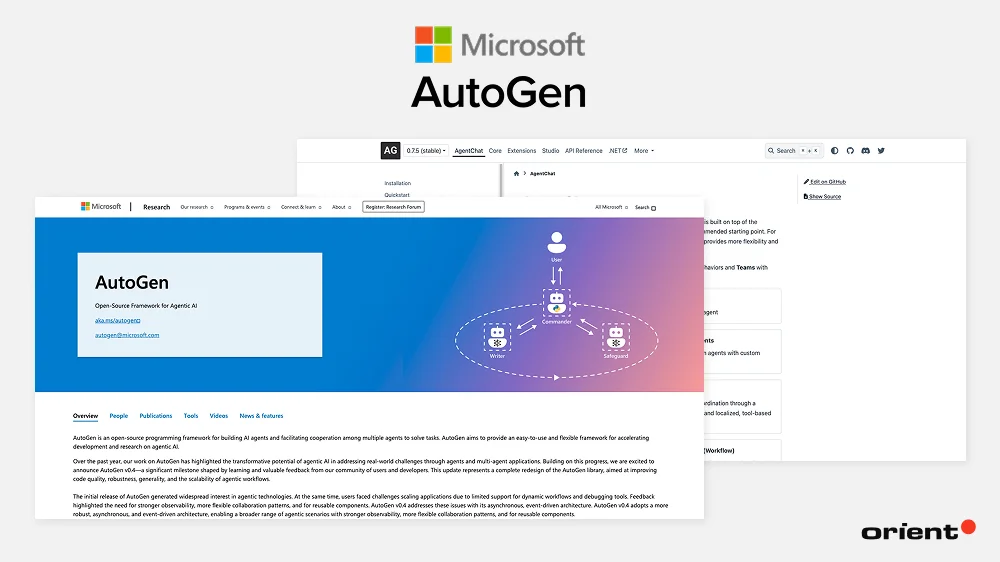
AutoGen is a multi-agent conversation framework developed by Microsoft. Instead of a single model handling all tasks, the tool allows multiple specialized agents, such as a planner, coder, and reviewer, to communicate and cooperate to complete complex tasks and goals.
AutoGen agents are customizable, conversable, and can operate in various modes that employ combinations of LLMs, human inputs, and tools. This is an especially suitable choice for companies that need to build autonomous, team-like systems that can reason, plan, and execute tasks interactively.
| Feature | AutoGen |
|---|---|
| Focus | Multi-agent collaboration and conversational orchestration |
| Best for | Developers and enterprises building AI teams or workflow automation systems |
| Key Strength | Supports multiple interacting agents, human-in-the-loop collaboration, and complex task planning |
| Typical Use Cases | AI coding teams, research assistants, workflow orchestration, and enterprise automation |
CrewAI
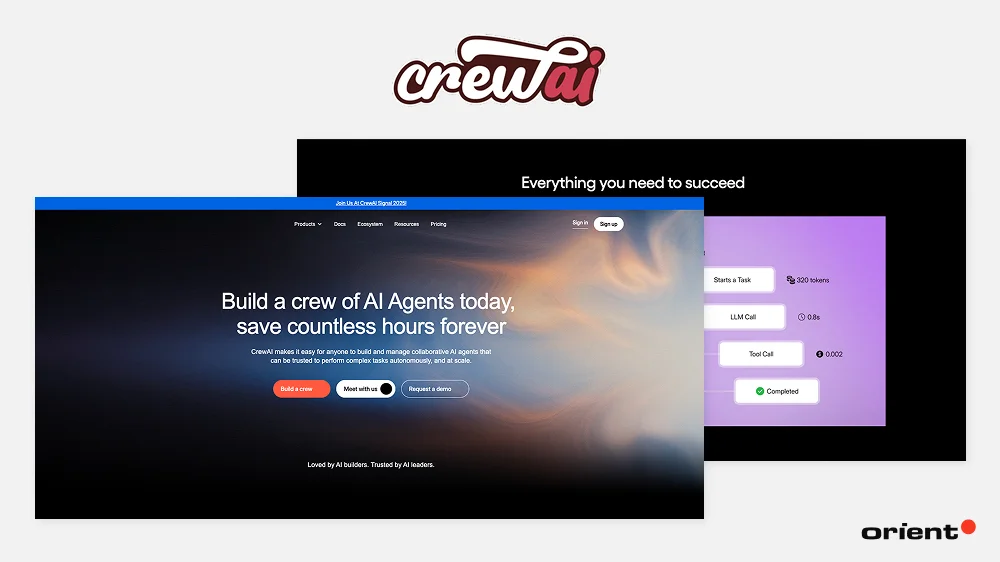
CrewAI is an open-source AI agent framework built for multi-agent collaboration and orchestration. It enables developers to build their dream team of specialized agents, each with distinct roles (e.g., planner, researcher, executor), which work together under coordinated logic and shared objectives.
CrewAI offers built-in support for inter-agent communication, memory sharing, and task delegation, making it easier to build complex systems where agents collectively solve problems or execute multi-step workflows. With a focus on simplicity and minimal setup requirements, you may be impressed by how easy it is to get started with the tool, even for beginners.
| Feature | CrewAI |
|---|---|
| Focus | Coordinating multiple specialized agents to solve tasks collaboratively |
| Best for | Systems requiring role-based agent teams and coordinated workflows |
| Key Strength | Built-in orchestration, memory sharing, and agent communication |
| Typical Use Cases | Research & content generation teams, multi-phase workflow automation, collaborative agents for complex tasks |
LlamaIndex
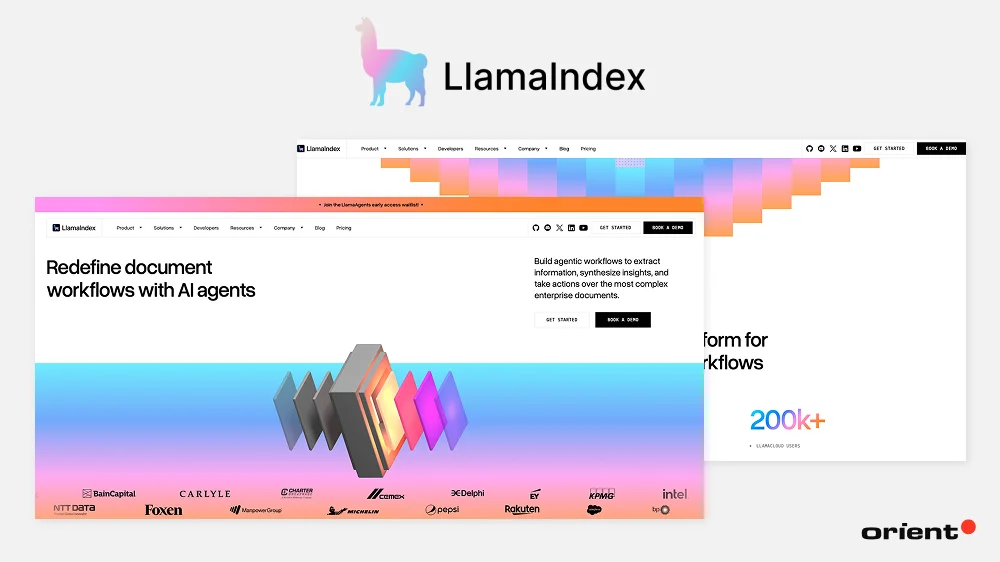
LlamaIndex is a go-to platform for developing LLM-powered agents and context-augmented applications, especially those that need to operate over private data, documents, or databases. Previously known as the GPT Index, LlamaIndex provides developers neccessary tools for tasks including ingesting, indexing, and retrieving data of all formats (PDFs, APIs, SQL, etc.), then combining that with LLMs to allow agents to reason, take actions, and respond contextually.
Rather than using LlamaIndex as a full agent orchestration support tool, many builders use it in combination with LangChain or AutoGen to create end-to-end intelligent systems that can both understand data and act on it.
| Feature | LlamaIndex |
|---|---|
| Focus | Agents + context augmentation over private data/document sources |
| Best for | Applications that need tight integration with internal data and tool use |
| Key Strength | Strong data connectors & indexing, agent/workflow abstractions, tool support |
| Typical Use Cases | Document Q&A, enterprise knowledge assistants, multi-agent research systems, internal support bots |
OpenDevin
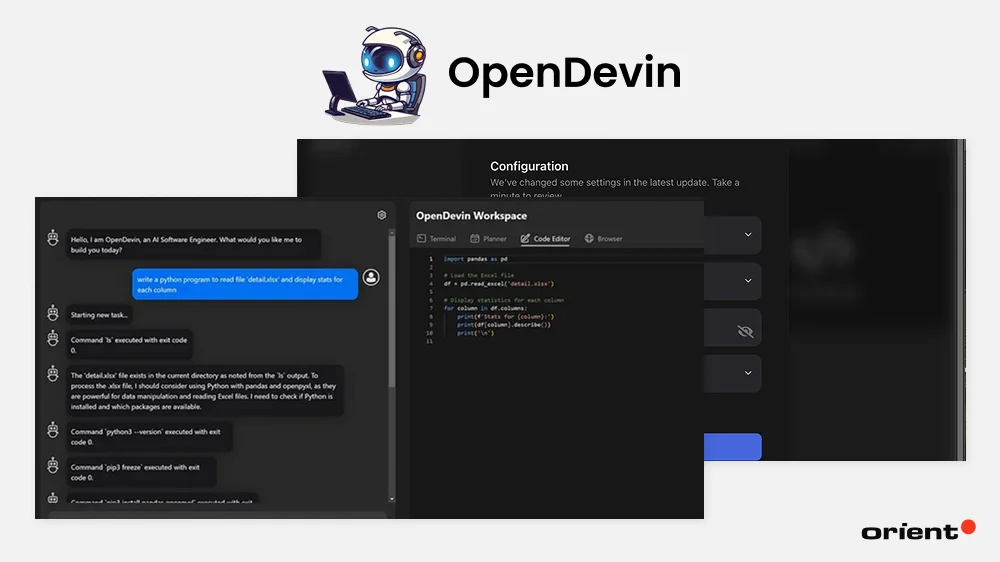
OpenDevin is an open-source project designed to create autonomous AI agents for software development. This AI platform aims to revolutionise the way developers build and deploy software applications.
Acting as a virtual developer, OpenDevin can understand your coding tasks, thereby writing code, running tests, debugging, and even submitting pull requests on behave of software engineers and all under human supervision. OpenDevin can also integrate with popular developer tools like Git, IDEs, and CI/CD systems, enabling teams to accelerate development cycles and maintain high code quality.
| Feature | OpenDevin |
|---|---|
| Focus | AI-powered software development and autonomous coding agents |
| Best for | Developers and teams automating coding, testing, and debugging workflows |
| Key Strength | Can write, review, and execute code autonomously while integrating with real developer tools |
| Typical Use Cases | Code generation, bug fixing, unit testing, documentation writing, and pull request automation |
Voiceflow
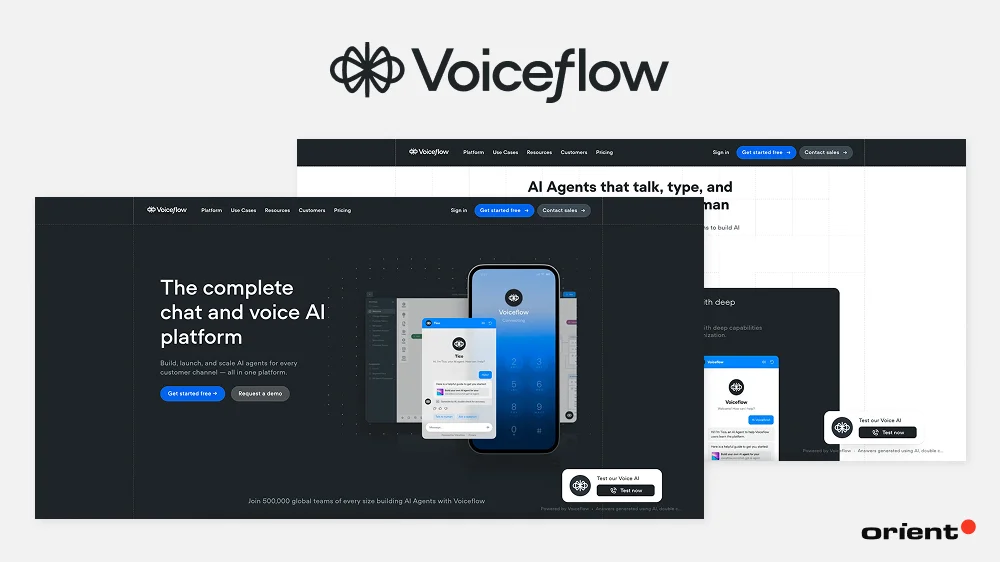
Voiceflow is an AI platform dedicated to design, prototype, and deploy conversational AI experiences, especially voice agents. With a user-friendly interface, this tool combines all the necessary features to help you build voice and chat assistants for platforms like Alexa, Google Assistant, custom web or mobile apps, and voice-enabled devices without technical expertise or coding knowledge required.
As Voiceflow is capable of supporting complex workflows, multiple channels, and even integrates with external systems, it is often used in large-scale production agents (e.g., automating 60-70% of support tickets in some cases) with solid case studies.
| Feature | Voiceflow |
|---|---|
| Focus | Conversational and voice agents (voice + chat) |
| Best for | Designers, product teams, and developers building voice assistants |
| Key Strength | Visual conversation design, cross-platform voice deployment, API integration, collaboration tooling |
| Typical Use Cases | Voice-based customer support agents, virtual assistants on smart devices, voice-enabled chatbots, IVR automation |
Stack AI
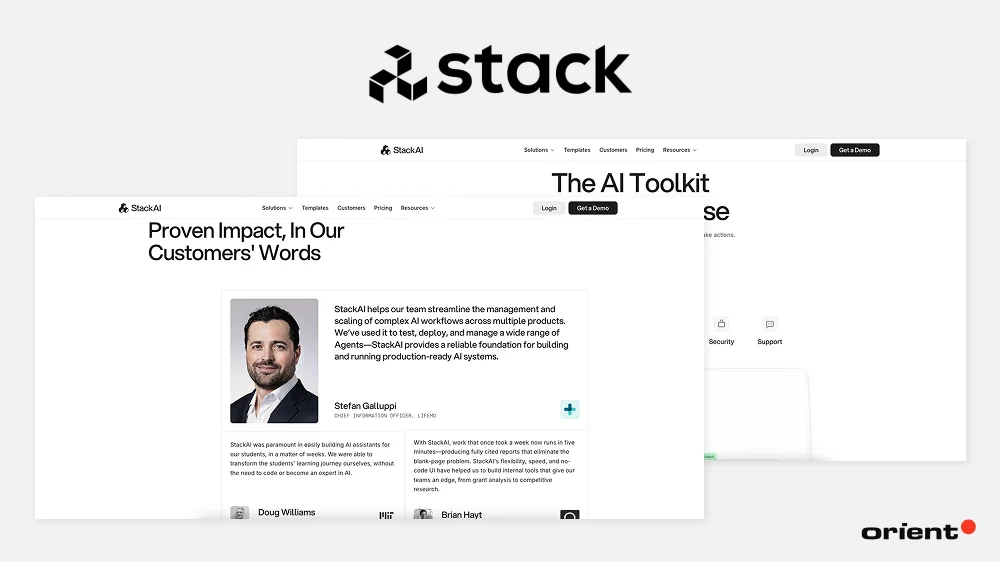
Stack AI is a no-code/low-code AI tool that enables organizations, regardless of size, to build and deploy AI agents and automated workflows that reduce dependency on data analysts. At its core, Stack AI focuses on simplicity, scalability, and security. With just simple operations, it helps both technical and non-technical teams create AI agents that are capable of handling customer support, generating reports, and connecting to internal systems, streamlining operational processes while ensuring network security - all within a single environment.
| Feature | Stack AI |
|---|---|
| Focus | Enterprise automation through no-code agent workflows |
| Best for | Businesses building AI agents for operations, IT, or customer service without large dev teams |
| Key Strength | Visual builder, built-in integrations, network security, and scalability |
| Typical Use Cases | Document summarization, ticket triage, CRM enrichment, IT support agents, and workflow automation |
Gumloop
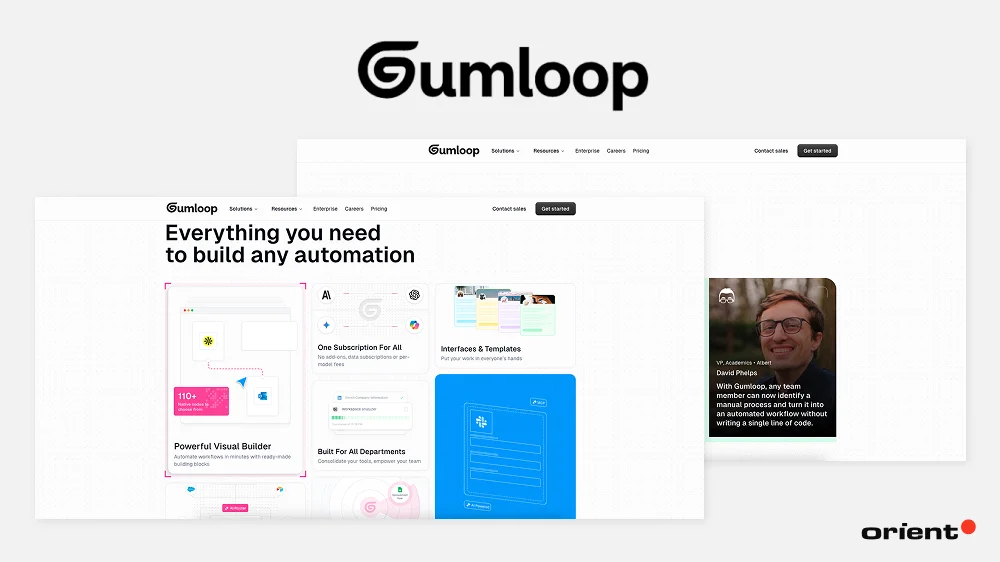
Founded in 2023 by two Canadian prodigies, Gumloop is a no-code AI agent builder focused on workflow automation. Gumloop is exceptionally easy to use because it combines a variety of templates into a drag-and-drop interface. With Gumloop, users can build agents that integrate with APIs, process data, make decisions, and trigger actions-all visually. Gumloop’s goal is to make intelligent automation more accessible while eliminating much of the engineering overhead required for custom agents.
| Feature | Gumloop |
|---|---|
| Focus | No-code agent automation and workflow building |
| Best for | Business teams and non-technical users wanting to automate tasks |
| Key Strength | Visual workflow editor, easy integrations, fast prototyping |
| Typical Use Cases | Lead routing, email automation, form-to-CRM flows, internal tool automation |
Do AI Agent Tools Incur Any Fees or Expenses?
At this stage, you might be wondering, “How much does an AI agent tool cost?” There’s no denying that AI agent platforms offer many benefits to developers. That’s why they’re usually not free, even the open-source ones. Most tools do involve some cost, but how much you pay and how much depends on the type of tool, how you use it, and which services it connects to.
AI agent tools are typically divided into three main groups: open-source frameworks, managed AI agent platforms, and enterprise solutions. Going into each type will help you clarify the investment cost for a certain framework.
- Open-source Frameworks: Many people think that open-source AI agent tools like LangChain or CrewAI are free. However, they are only free to download or install. In reality, the real cost only arises when users start using them. As open-source AI frameworks rely on external AI models and infrastructure, you will be the one to pay for all other usage rates such as LLM API usage, hosting or cloud compute, vector database or data storage, etc.
- Managed or Hosted AI Agent Platforms: While fully managed cloud platforms like OpenAI’s Assistants API, Dust, or Cognosys help developers save time handling infrastructure, scaling, and security, they come with subscription or pay-as-you-go costs. Some hosted AI agent tools may offer a free plan initially, but then charge after a predetermined period.
- Enterprise Solutions: By providing the highest level of customization, enterprise-grade AI agent tools such as Microsoft AutoGen, IBM watsonx Orchestrate, or C3.ai have the highest investment costs. They often use custom licensing models based on the number of agents, monthly active users, compute resources consumed, and service-level agreements, which can cost users hundreds to thousands of USD per month, depending on complexity and scale.
Here is a clear breakdown:
| Type of Tool | Cost Model |
|---|---|
| Open-source (LangChain, LlamaIndex, CrewAI) | Free to use, but you pay for APIs and hosting |
| Managed platforms (OpenAI Assistants API, Dust) | Pay-per-use or subscription |
| Enterprise systems (AutoGen, IBM, C3.ai) | Custom licensing |
| Other expenses | Developer time, storage, integration, and monitoring |
How to Choose the Right AI Tools?
With hundreds of options, how do you find your best AI agent tool? The answer is actually quite simple, but requires business understanding and foundational knowledge of AI development. Before making your decision, there are some key factors to consider, including:
Consider Your Use Case
You can’t get started if you don’t even know what your goals are. As each AI agent tool serves a different purpose and has different capabilities, you can’t just pick a platform and then roll it out. To get a better idea of what problem you want AI to solve, discuss the following questions with your team:
- Do you want to build a chatbot for customers?
- Automate daily tasks like replying to emails or updating spreadsheets?
- Create an assistant that summarizes documents or data?
The clearer your goal, the easier it is to pick the right tool. For example, even though there are many different tools out there, if you choose one of the options provided above, the answer would be:
- Use LangChain or LlamaIndex if you need deep data access or complex logic.
- Try Stack AI or Gumloop if you want to automate workflows without coding.
- Choose Voiceflow or Bland AI if your agent will talk or make calls.
Consider Your Team’s Technical Skills
Having a particular passion for a particular AI agent framework is one thing, but whether your development team is using that tool appropriately is another story. No matter how good a tool is, if no one knows how to optimize it, it won’t bring any value to the project. That’s why you need to think about who will build and manage the custom AI agent.
If you are a company with a team of skilled developers, you have the freedom to choose the frameworks. However, if you only have non-technical staff, go with no-code tools such as Stack AI, Voiceflow, or Gumloop, where you can drag and drop instead of coding.
Don’t force yourself and your team to do things beyond their abilities, as it can lead to the end result going against your original expectations.
Consider Your Budget
Using an AI agent tool is rarely “free,” even if the software itself costs nothing. Typically, all AI agent tools on the market today cost money. While many AI frameworks require an upfront investment, others allow you to start with free plans and then charge after a trial period. The real costs come from the AI models, infrastructure, and operations that power your agents. In general, each platform will have different pricing models.
- Open-source tools: Free to use, but you’ll pay for hosting, LLM APIs, and databases.
- Hosted platforms: Subscription-based, often with usage tiers or pay-per-agent pricing.
Consider the Tool’s Integration Capabilities
An effective AI agent must interact with your existing tools and data. Typically, an AI agent will integrate commonly with:
- CRMs (Salesforce, HubSpot)
- Project management tools (Notion, Jira, Asana)
- Cloud storage (Google Drive, SharePoint)
- APIs and databases
So, it is advisable to prioritize AI agent frameworks that allow you to freely connect to as many tools or applications as possible, starting with the common integration options mentioned above. If the tool can’t connect to where your data lives, it won’t be very useful.
Consider Your Project Growth
If your AI system works well, you will probably want to expand it. However, the truth is that not every AI agent tool will support growth equally well. A tool may work well when you have only a few agents or users, but slow down or crash when the load increases. Additionally, some tools restrict how many agents or workflows can run in parallel if users use lower tiers.
All of these factors may not be obvious in the early stages of a project, but they are hidden costs that many people forget. Instead of deciding to invest in an AI agent framework just because it meets the initial evaluation criteria, look further into the future and the bigger picture. Check if the tool:
- Can handle more users or complex workflows later
- Offers customer support or a strong user community
- Has documentation or training resources for your team
These are the important elements that help your project develop sustainably in the future.
Final Thoughts

Powered by advances in natural language processing (NLP) and natural language understanding (NLU), AI agents are not only capable of comprehending human intent but also acting intelligently without human instruction. From improving lead qualification to streamlining operations and decision-making, AI agents are transforming how organizations work.
There is no denying that AI agent tools will cost you a certain amount. However, when deployed successfully and effectively, the productivity and automation benefits typically outweigh the costs, which is why adoption continues to grow across industries.
It is worth noting that choosing the right artificial intelligence framework is just the starting point. The real success comes from how you implement, train, and scale your AI systems over time. With AI development services as one of our key services, Orient Software has contributed to the success of hundreds of large and small projects across all fields. There is no need to rush. You can contact us for a free consultation and see how we can help your AI project grow.

